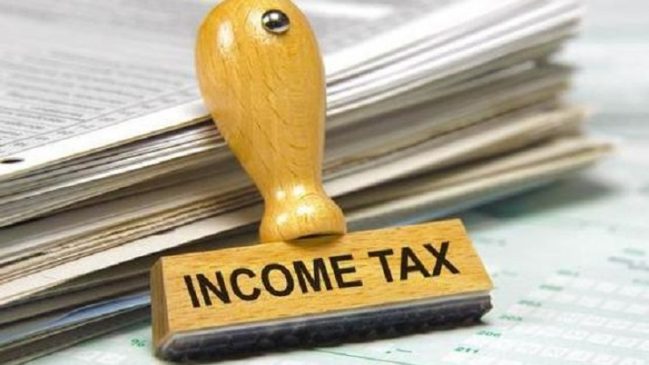While filing ITR for FY2023-24, taxpayers need to choose an income tax regime — between the new regime and the old regime; the tax rates and benefits are different in both regimes
New Tax Regime Vs Old Tax Regime FY24: The online filing of income tax returns (ITR) for AY 2024-25 (or FY 2023-24) has started with the income tax office enabling e-filing forms for ITR-1, ITR-2 and ITR-4. While filing the ITR, taxpayers need to choose an income tax regime — between the new regime and the old regime. The tax rates and benefits are different in both regimes. Here are full details about the regimes and their tax rates, and who should choose what.
Read More: What is Section 80DDB? Know tax benefits for specific medical expenses: 5 top points
In the Budget 2023, under new tax regime, Finance Minister Nirmala Sitharaman had increased the income tax exemption limit by Rs 50,000 to Rs 3 lakh and the rebate under Section 87A of the Income Tax Act, 1961, was also raised from Rs 5 lakh to Rs 7 lakh, meaning that those earning up to Rs 7 lakh do not have to pay any tax under the new regime.
Income Tax Rates for FY2023-24 (AY 2024-25):
Read More: Income Tax Return Filing 2024: Who Is Eligible To File ITR 1 Form? Check All Details Here
| INCOME TAX SLAB (IN RS) | OLD TAX REGIME | NEW TAX REGIME |
| 0-2,50,000 | 0% | 0% |
| 2,50,001-3,00,000 | 5% | 0% |
| 3,00,001-5,00,000 | 5% | 5% |
| 500,001-6,00,000 | 20% | 5% |
| 6,00,001-9,00,000 | 20% | 10% |
| 9,00,001-10,00,000 | 20% | 15% |
| 10,00,001-12,00,000 | 30% | 15% |
| 12,00,000-15,00,000 | 30% | 20% |
| 15,00,0001 & Above | 30% | 30% |
Note: For senior citizens (above 60 years of age), the income tax under the old regime is exempt up to Rs 3,00,000; while for super senior citizens (above 80 years), income up to Rs 5,00,000 is exempt.
Apart from this, a health and education cess is levied at 4 per cent on income tax.
Taxpayers have the option to choose either the old tax regime or the new tax regime. The default scheme would be the new tax regime.
Under the new tax regime, a resident individual (whose net income does not exceed Rs 7 lakh) can avail rebate under section 87A. The amount of rebate is 100 per cent of income tax or Rs 25,000, whichever is lower.
Under the old tax regime, a resident individual taxpayer (whose net income is up to Rs 5 lakh) can avail rebate under section 87A. The amount of rebate is 100 per cent of income tax or Rs 12,500, whichever is lower.
Read More: ITR filing 2023-24: 5 ways you can reduce your income tax burden
New Regime Vs Old Regime: Which One Should You Choose?
According to income tax experts, if you don’t have any savings, investments and deductions, the new tax regime is beneficial; however, the old tax regime can be attractive if you make use of savings, investments, and deductions.
The new tax regime offers lower tax rates but eliminates many of the exemptions and deductions that were available under the old regime. On the other hand, the old tax regime has higher tax rates but allows for more deductions and exemptions.
“It is recommended to evaluate your personal financial circumstances, including your taxable income, deductions, and exemptions, before making a decision. Additionally, you may want to consult with a tax professional to help determine which tax regime would be more beneficial for you. Ultimately, the choice between the new tax regime and the old tax regime will depend on your individual financial situation and tax obligations,” they said.
However, in broad terms, those having income up to Rs 7 lakh should go straight for the new tax regime as the income tax will be nil, the tax experts said.



































